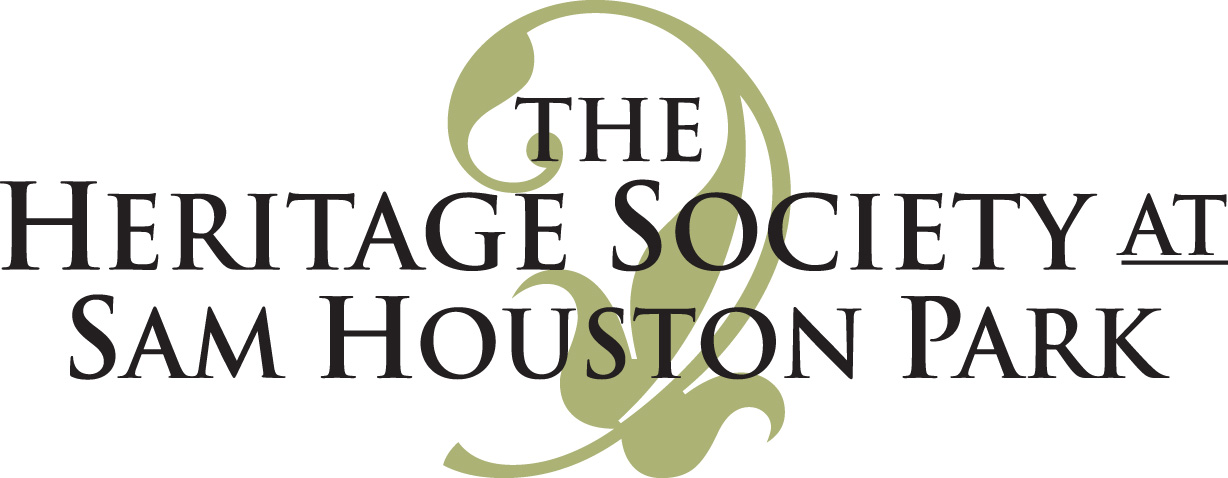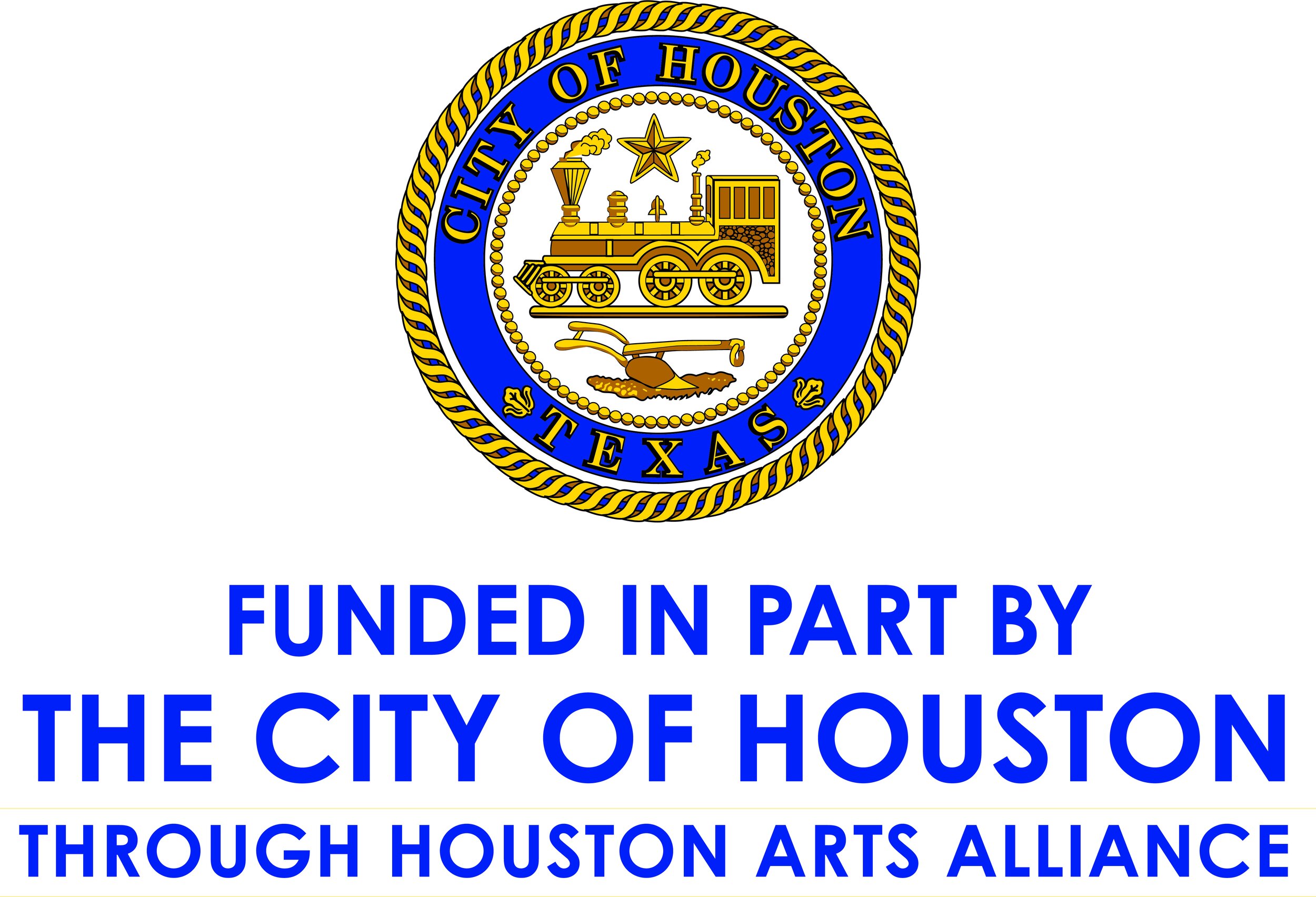Turnverein
These days we are bombarded with information from studies about how to improve one’s health and stressing the importance of physical activity. Who would have thought that such ideas were also prevalent in Houston and in Texas in the mid-nineteenth century among a group of recent immigrants?
The term Turnverein refers to a gymnastic or athletic club. The movement was initiated in Germany in 1811 by Friedrich Ludwig Jahn. The Turnverein movement was subsequently brought to the United States in 1848 by a group of political refugees from Germany known as the Forty-Eighters who were keen enthusiasts/devotees/ practitioners/ followers of the hobby/pastime/leisure activity of gymnastics. Turnvereins were established in Cincinnati and New York City in 1848 and a gymnastic league called the American Turnerbund was formed in 1850. Texas Turnvereins were established in Galveston in 1851, in Houston in 1854, in New Braunfels in 1855, in San Antonio in 1855 and in Comfort in 1860. Soon after formation each group would acquire a hall spacious enough to accommodate gymnastics and some Turner halls became very elaborate multi-purpose complexes. Turners promoted gymnastics and calisthenics and the inclusion of physical training in all American schools. Despite the growth of Turnvereins in Texas, gymnastics became less popular and bowling became more of the focus of these groups. The Texas Turnverein Bowling League was established in 1913, and in 1914, the Houston Turnverein helped organize the Texas Ten Pin League.
In 1854, nine German speaking friends in Houston met at the home of Peter Gable and formed a club “for the practice of brotherly love and the promotion of physical and mental exercise and studies”. In addition to their personal interest in fitness, the Turnverein members also became involved in a wide variety of community activities in the city. They organized Houston’s first volunteer fire company which was active from 1854 to 1860. The Turner Rifles, a military group organized in 1859, was one of Houston’s most famous drill companies. When Texas seceded from the Union, the Turnverein raised the first volunteer company in Houston and later many of its members joined three Confederate infantry companies that were part of the Texas Legion. Under the auspices of the Turnverein, the first “Volksfest” in Texas was held in Houston in 1869. This festival continued for over three decades and drew German societies from all over the state. The annual Turnverein ball was one of the major social events of the season. Turnverein summer concerts were another popular civic affair.
designed by architect Joseph Finger, the Turnverein Clubhouse stood at 5502 Almeda Road. An acknowledged local Art Moderne landmark, The Building was destroyed in 1993. Courtesy HMRC, Houston Public Library.
The Houston Turnverein began meeting in a house on a lot on Caroline Street between Prairie and Texas which they purchased in 1856 for $370. By 1860 the group had purchased the rest of the block and constructed the first Turner Hall. After this hall burned in 1870, a larger and more commodious hall was constructed. For many years, this second hall was the civic and cultural center of Houston. When the City Hall and Market House burned, the Turner hall was the only site large enough for conventions. The first No-tsu-Oh ball was held there. In 1913 the club moved to into a large four story building at Prairie and Austin that had been designed by Sanguinet, Staats, and Barnes. This complex contained a gymnasium, a library, meeting rooms, bowling alleys, ballrooms, banquet rooms, and a theater which could seat between 300 and 400 people.
An eagle sat atop the clubhouse entrance about the Inscription “Turn-Verein.” Courtesy HMRC, Houston Public Library.
When this hall was sold in 1928, a new Art-deco style building designed by local architect Joseph Finger was built at Southmore and Almeda at a cost of $150,000. Joseph Finger was the architect on many office, hotel, retail, and industrial buildingsin Houston including Houston City Hall (1939); and the Houston Municipal Airport Terminal and Hangar (1940). The Turnverein building was completed in time to mark the seventy-fifth anniversary of the organization. The building contained bowling alleys in the one-story addition and in recognition of the Turners avid devotion to the sport of bowling, Finger included a set of nine bowling pins in the ornamental carving over the entrance door. Although this lovely building Finger designed for the Turnverein was posted to the National Register of Historic Buildings in 1978, it was unfortunately demolished in 1993. Similarly, the vibrant German social organization whose hundreds of members promoted so many civic and cultural activities over many decades has vanished into the pages of our local history as well.










